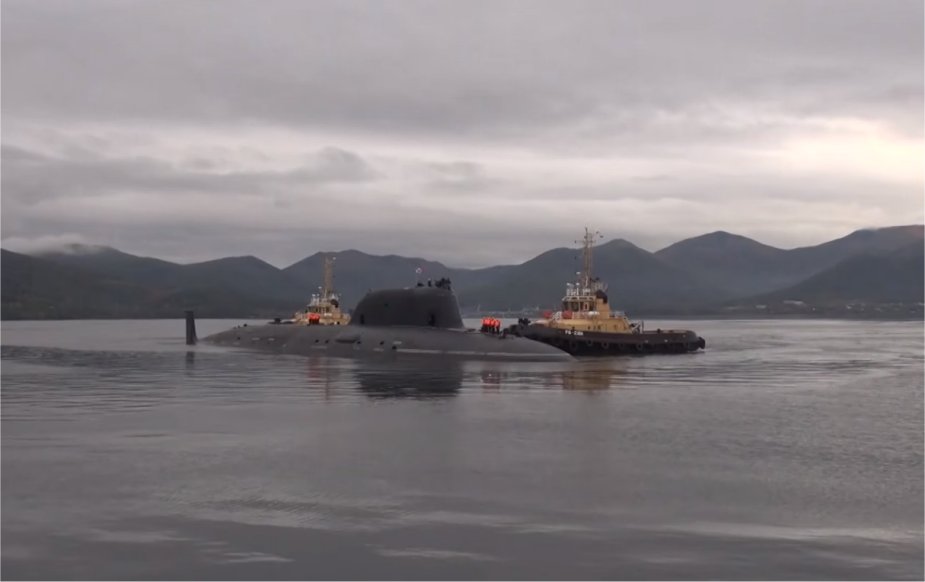Breaking news
Two new Russian nuclear powered submarines arrive at home.
According to information published by Военный Осведомитель on September 29, 2022, the submarine forces of the Pacific Fleet were simultaneously replenished with two nuclear-powered submarines.
Follow Navy Recognition on Google News at this link
 Russian Project 885A submarine Knyaz Oleg (Picture source: Военный Осведомитель)
Russian Project 885A submarine Knyaz Oleg (Picture source: Военный Осведомитель)
The nuclear-powered strategic missile submarine cruiser (Project 885A, Borey-A) Knyaz Oleg and the nuclear-powered cruise missile submarine (Project 885M, Yasen-M) Novosibirsk, having made the inter-fleet transition from the Northern Fleet to the Pacific Fleet, have arrived at the place of permanent deployment in Kamchatka. The nuclear-powered icebreakers covered a considerable part of the nearly 5,500-mile route under the ice of the Arctic.
During the sea crossing of the complex arctic expedition Umka-2022 the nuclear-powered submarine Novosibirsk in the above-water position launched the anti-ship cruise missile Onyx from the waters of the Chukchi Sea against a marine target.
In Vilyuchinsk the nuclear-powered cruisers were met by the commander of the Pacific Fleet`s submarine forces, vice-admiral Vladimir Dmitriev. He received a report from the commanders of the submarines on the completion of the Arctic inter-fleet transition and congratulated the submariners on their arrival at their permanent location.
About the submarine Knyaz Oleg
The Knyaz Oleg is a Borei-class (Project 955A) nuclear-powered ballistic missile submarine developed by the Rubin Design Bureau and constructed by the Sevmash for the Russian Navy. She was officially launched from its shipyard on 16 July 2020.
The Borei class, Russian designation Project 955 Borei and Project 955A Borei-A are a series of nuclear-powered ballistic missile submarines being constructed by Sevmash for the Russian Navy.
The submarine is approximately 170 meters (560 ft) long, 13 meters (43 ft) in diameter, and has a maximum submerged speed of at least 46 kilometers per hour (25 knots).


























